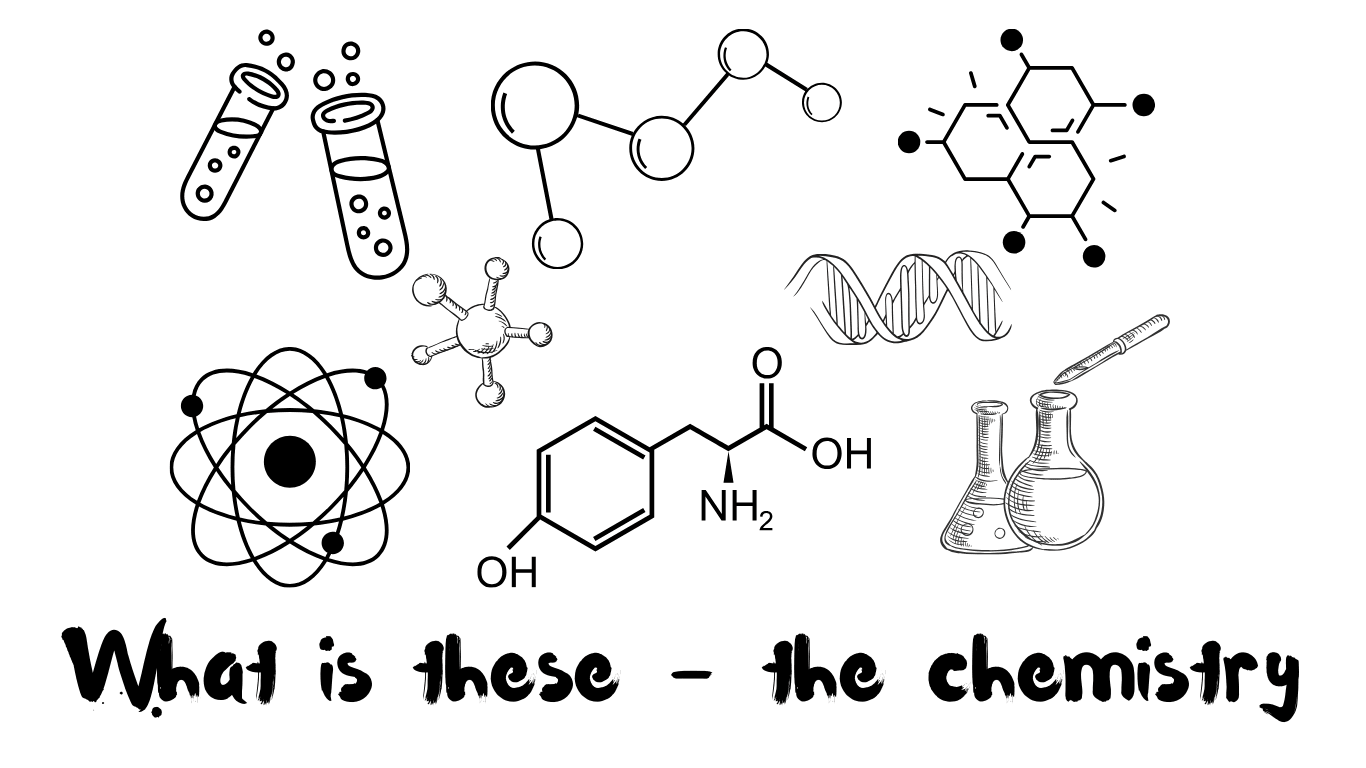Introduction
The periodic table is often regarded as the “blueprint of chemistry,” offering a concise and structured way to understand the behavior of elements. Its organization is not arbitrary; it reflects fundamental trends in chemical and physical properties that arise from atomic structure. These patterns, known as periodic trends, are governed by principles of quantum mechanics and electrostatics. In this article, we will explore the key periodic trends — atomic radius, ionization energy, electron affinity, electronegativity, and metallic character — and explain how these trends emerge from the underlying structure of atoms.
The Periodic Table: A Brief Historical Context
First proposed by Dmitri Mendeleev in 1869, the periodic table arranged elements by increasing atomic mass and grouped them based on similar chemical behavior. However, with the discovery of atomic number by Henry Moseley in 1913, the table was restructured to reflect increasing proton number, which provided a clearer and more accurate depiction of elemental properties.
Today’s modern periodic table is organized by:
- Periods (rows): Indicate principal energy levels.
- Groups (columns): Indicate similar valence electron configurations and chemical behavior.
Electron Configuration: The Foundation of Periodic Trends
Each element’s position in the periodic table reflects its electron configuration, particularly the distribution of electrons in the outermost shell (valence shell). The behavior of elements in chemical reactions is primarily dictated by these valence electrons.
The effective nuclear charge (Z_eff) — the net positive charge experienced by an electron — increases across a period as protons are added to the nucleus, while shielding remains relatively constant. This concept is central to understanding the periodic trends discussed below.
1. Atomic Radius
Definition:
The atomic radius is the average distance from the nucleus to the outermost electron of an atom.
Trend:
- Decreases across a period (left to right)
Due to increased nuclear charge pulling electrons closer without significant additional shielding. - Increases down a group (top to bottom)
Because additional electron shells are added, increasing the size of the electron cloud.
Explanation:
As electrons are added to the same shell across a period, the increasing positive charge of the nucleus pulls them inward more strongly. Down a group, however, each period adds a new energy level, increasing atomic size despite a higher nuclear charge.
2. Ionization Energy
Definition:
Ionization energy is the amount of energy required to remove the outermost electron from a gaseous atom.
Trend:
- Increases across a period
Due to stronger nuclear attraction, making electrons harder to remove. - Decreases down a group
Outer electrons are farther from the nucleus and experience less attraction.
Exceptions:
- Between groups 2 and 13 (e.g., Be → B), and 15 and 16 (e.g., N → O), small dips in ionization energy occur due to electron repulsion in partially filled orbitals.
Explanation:
Tighter electron binding in smaller atoms makes ionization more difficult. In contrast, in larger atoms, loosely held outer electrons are easier to remove due to both distance and shielding.
3. Electron Affinity
Definition:
Electron affinity is the energy change when an atom gains an electron. A more negative value indicates a stronger tendency to accept electrons.
Trend:
- Generally increases (becomes more negative) across a period
Atoms more readily accept electrons to achieve a full valence shell. - Generally decreases (less negative) down a group
Added electrons enter farther shells, reducing attraction.
Explanation:
Smaller atoms (like halogens) strongly attract extra electrons to complete their octet. Larger atoms exhibit a weaker attraction due to increased shielding and distance from the nucleus.
4. Electronegativity
Definition:
Electronegativity is an atom’s tendency to attract electrons in a chemical bond. The most widely used scale is Pauling’s scale, where fluorine is the most electronegative (3.98).
Trend:
- Increases across a period
Due to greater nuclear charge and smaller size. - Decreases down a group
Atoms become larger, and the nucleus has less influence on bonding electrons.
Notable Points:
- Fluorine is the most electronegative element.
- Francium and cesium are among the least.
Explanation:
A smaller, highly charged nucleus exerts a stronger pull on shared electrons. Larger atoms, though more massive, are less effective at attracting bonding electrons.
5. Metallic and Non-Metallic Character
Metallic Character:
- Increases down a group
- Decreases across a period
Metals tend to lose electrons and form cations. This is easier for larger atoms with low ionization energy.
Non-Metallic Character:
- Increases across a period
- Decreases down a group
Non-metals tend to gain electrons and form anions. This is facilitated by high electron affinities and electronegativities.
Interconnectedness of Trends
These periodic trends are not isolated — they interrelate based on atomic structure:
- Elements with small atomic radius often have high ionization energy, high electronegativity, and large negative electron affinity.
- Group 1 metals (like Na, K) have large radii, low ionization energy, and metallic behavior.
- Group 17 halogens (like F, Cl) have small radii, high electron affinity, and are highly reactive nonmetals.
Understanding these patterns allows chemists to predict chemical reactivity, bonding behavior, and compound properties.
Applications of Periodic Trends
Periodic trends are critical in:
- Predicting chemical reactions (e.g., reactivity of halogens or alkali metals)
- Determining compound polarity (via electronegativity differences)
- Designing materials and catalysts in industrial chemistry
- Understanding biological ion behavior (e.g., Na⁺ and K⁺ in nerve function)
- Explaining anomalies (such as noble gas reactivity under extreme conditions)
Conclusion
Periodic trends are more than mere patterns; they reflect the elegant logic of atomic structure shaped by quantum principles and electrostatic forces. From the shrinking atomic radius across a period to the increasing metallic nature down a group, these trends provide the predictive power that makes chemistry a rigorous and systematic science.
As chemists probe deeper into unknown elements and exotic materials, the periodic table — and its trends — continues to serve as a guiding compass. Mastery of these principles not only strengthens understanding of existing matter but also equips us to explore new chemical frontiers.

